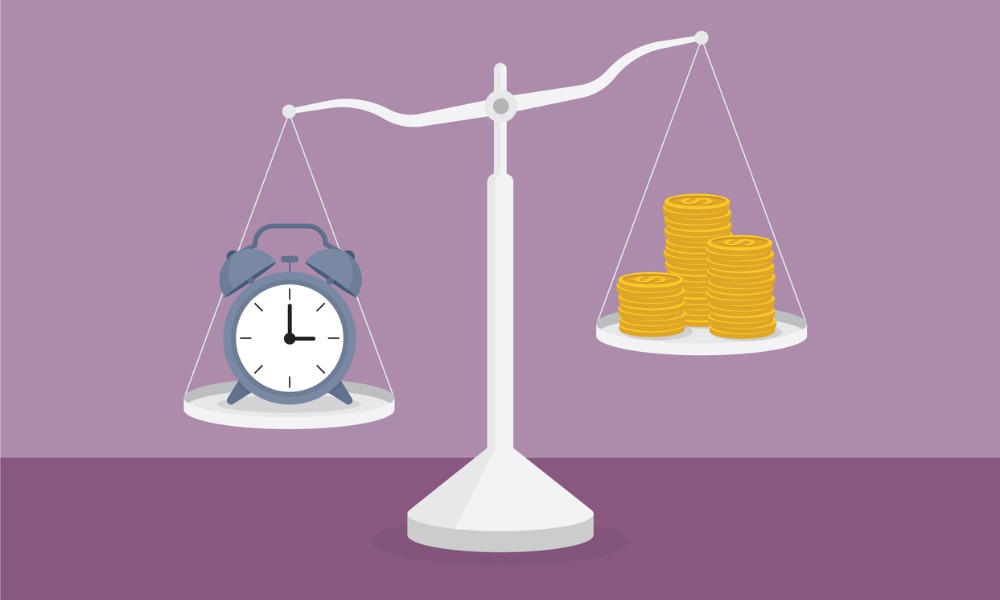Study suggests investments in blank-check companies pay off more for those who get in early in their life cycle

While the boom in special purpose acquisition companies might have turned many heads and attracted tens of billions of dollars last year, a new study suggests that investors who want to get in on the action might want to be careful, particularly with respect to timing.
In a study from the University of Florida and the University of South Carolina, researchers found that investors in IPOs of SPACs saw an average annual return of 9.3%. However, their analysis also showed that performance tended to drop off later in the life cycle of a blank-check company.
As reported by Institutional Investor, the researchers found that common shareholders ended up losing money in the first year after a SPAC merges with a business.
“Between the SPAC IPO and the business combination or liquidation, we find lucrative risk-adjusted returns considering the downside protected nature of the investment,” the proponents of the research said in a recent paper. “There are reasons to believe that deSPAC period returns may be still disappointing.”
The “deSPAC” phase comes when a blank-check company, having raised money from investors in an IPO, fulfills its purpose by combining with a private company and effectively taking it public. That usually comes as the culmination of an extended process of searching through different candidate businesses, which SPACs typically seek to complete within two years.
For their study, the researchers looked at 114 SPACs that effected a merger with an operating company from January 2012 to September 2020.
Investors in common shares of SPACs lost 4% to 15.6% in the first year following their mergers, depending on the weighting method used. In contrast, holders of the merged companies’ warrants saw an average one-year return of 44.3% on an equal-weighting basis; over three years, those returns increase to 52.8%.
“The warrants, out-of-the-money call options in many cases, are riskier and benefit from volatility, but this large difference in average returns is puzzling,” the researchers said, noting how a persistent outperformance between warrant investors and common share investors widened even further in 2020.
Studying a sample of 114 SPAC IPOs from January 2010 until May 2018, the researchers found investors got marginally higher returns from investing in larger SPACs, with average annualized returns clocking in at 10.6%.
While SPAC returns have traditionally been mostly been realized following a merger, this year appears to mark a turning point. According to the authors, 91 SPACs went public in January and fetched an average first-day return of 6.1%, compared to the average 1.6% observed in 2020. With the immediate repricing of SPAC units, they said, investors who buy blank-check companies in the market see reduced returns, similar to what happens with traditional IPOs.
“Faced with the strong demand, sponsors have started to react by making deal structures less attractive to SPAC IPO investors and more attractive to merging company shareholders by offering fewer warrants per unit,” the authors wrote, noting that it lessens the dilution experienced by investors upon the completion of a merger.



